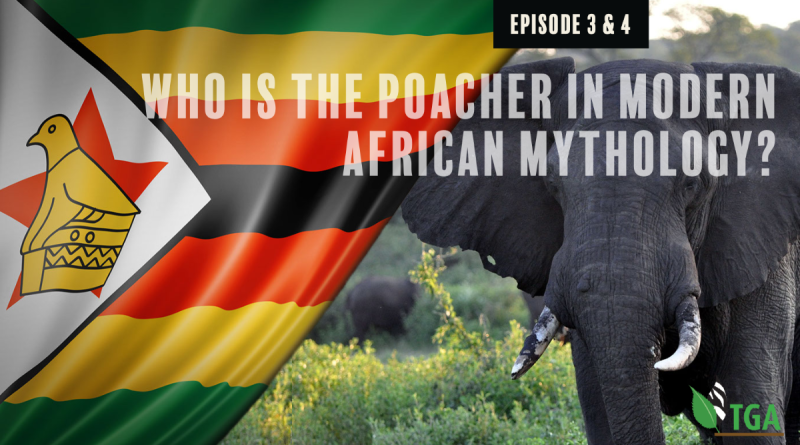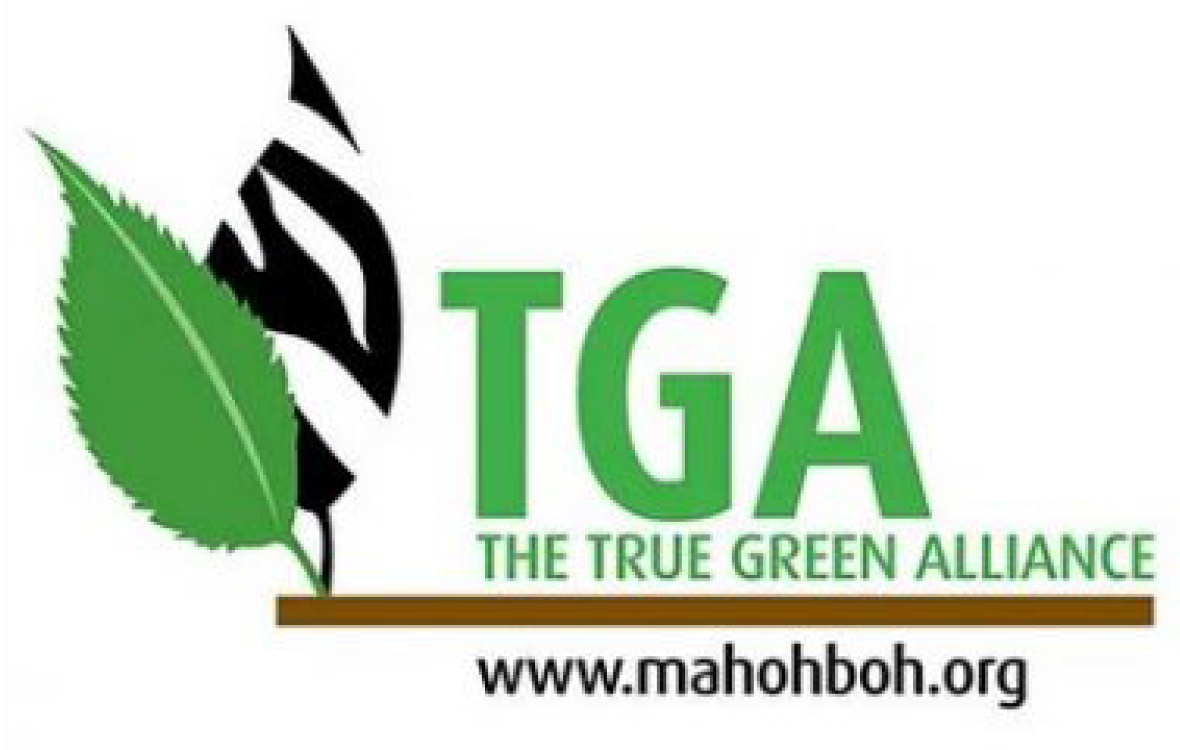EPISODE THREE
MOZAMBIQUE
Following on the last Selous Game Reserve poaching event (2008 -2012) there was a political-elite-controlled-onslaught on the elephants of the Niassa Province in Mozambique. As I understand the situation, tens of thousands of elephants were killed but I have insufficient information to provide any further details.
EPISODE FOUR
ZIMBABWE
Don Heath was a one-time chief wildlife research officer in the Zimbabwe National Parks and Wildlife Management Authority. Until his untimely death in October 2015, he was working as the research and development manager for NORMA (Arms and Ammunition) in Sweden. Because I worked for 24 years for the Rhodesian/ Zimbabwean Department of National Parks and Wildlife Management, therefore, I consider Don Heath to be an old colleague. And many of the people he told me about were members of my old staff. I therefore believe what he told me.
In several emails between us in 2015, Don gave me some insight into what the war against commercial (mainly black rhino) poaching in Zimbabwe was like a few years ago. He knew that I had a particular interest in the black rhino. Indeed, during my service in the department, I captured 140 black rhinos in tribal areas outside the national park estates, where they were being poached and I released them into the Hwange and the Gonarezhou National Parks where, during the last years of the Rhodesian-colonial-period, they thrived and multiplied.
Of his time in the service of the Zimbabwe National Parks Department (1980s and 1990s) Don said:
“We killed over 900 poachers, lost 18 of our own men and (we lost) almost all the black rhinos in the country.
“The Aussie (Australian) government,” he said, “helped by paying game scouts a $500 bounty for each poacher they killed or captured, and had convicted. In truth (however) we were killing poor peasants, mostly refugees from the Congo (Zaire) living in camps in northern Zambia or refugees from the civil war in Mozambique, who had been recruited by corrupt Zimbabwean politicians and/or elements of the Zimbabwe government-poaching-syndicates.
“To have pressed the ‘pause’ button on the rhino slaughter in Zimbabwe,” he went on to say: “We (actually) needed to shoot only 11 people. They included: –
- Four Indian businessmen in Lusaka (Zambia), who were buying the rhino horn;
- The Zimbabwe Vice-President, Simon Muzenda, who was a lynchpin in the local poaching rackets;
- Muzenda’s brother-in-law, T. Mudariki, who was also a Member of the Zimbabwe parliament;
- Elias Makombe, the Director of Zimbabwe’s National Parks Department, who worked closely with members of the South African Military Intelligence (SAMI). These SAMI people were a component part of the Zimbabwe poaching fraternity and they coordinated the poaching (of both elephants and black rhino) in Zimbabwe’s Gonarezhou National Park;
- Graham Knott, a former white member of the old Rhodesian Department of National Parks, then still head of the Zimbabwe National Parks Investigation Unit, who turned out, also, to be an active (but clandestine) commissioned captain in SAMI. Knott was made responsible, by Makombe, for ensuring there were no effective anti-poaching units operating in the south-east of the country (i.e. in the Gonarezhou area);
- An American CIA agent in the South East of Zimbabwe, William (Bill) Holms, who was working with SAMI, too. Heath believes Holms might well have been a double agent of some sort, and he claims Holm was responsible for the deaths of three of ‘our’ men (i.e. Zimbabwean anti-poaching personnel);
- Two (un-named) officers in SAMI who were in charge of the collecting of illegal rhino horn and ivory from Zimbabwe, Mozambique and Angola.
Heath further claims that because Charlie Haley and Glen Tatham, both members of the Department of National Parks at the time, shot and killed a poacher who turned out to be Mudariki’s son, they landed up in gaol.
Glen Tatham was at that time, Chief Game Warden in the Zimbabwe National Parks Department. (Glen Tatham was actually a leading member of my field staff when I was the Provincial Game Warden-in-charge of the Mashonaland South Province, in colonial Southern Rhodesia.)
This is real African anti-poaching-life in operation! Corruption at the highest political level, even within the wildlife authority that should have been safeguarding the country’s wildlife resources. And nefarious collaborations with senior military intelligence officers from other countries who were deeply involved in the poaching rackets, too.
These are the kinds of actual difficulties with which the genuine anti-poaching units have to contend in Africa. And, knowing Africa as I do, I suspect this type of official collusion is rife throughout the continent.
Hwange National Park, and the Gonarezhou National Park, were cleaned out of black rhino by Muzenda’s poachers.
Ron Thomson
CEO True Green Alliance




